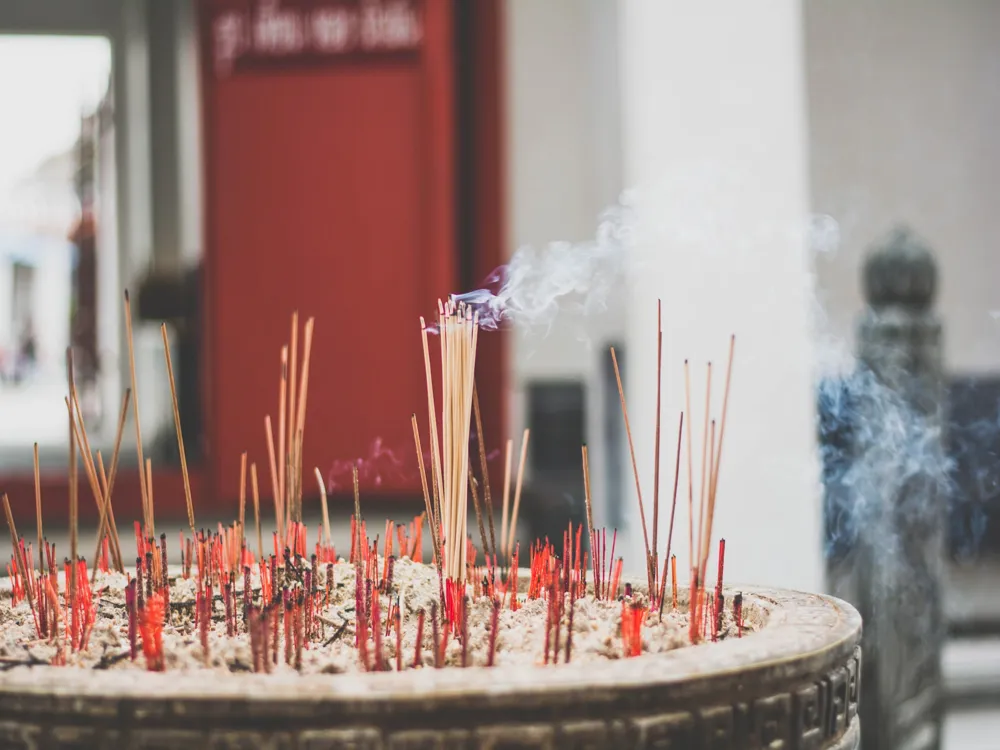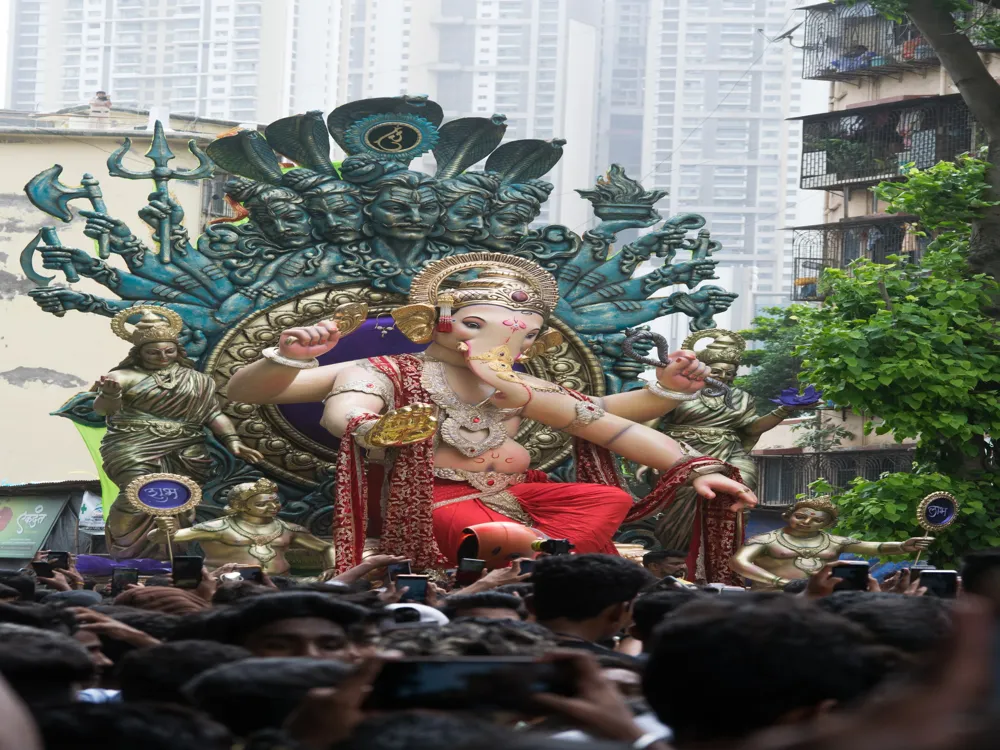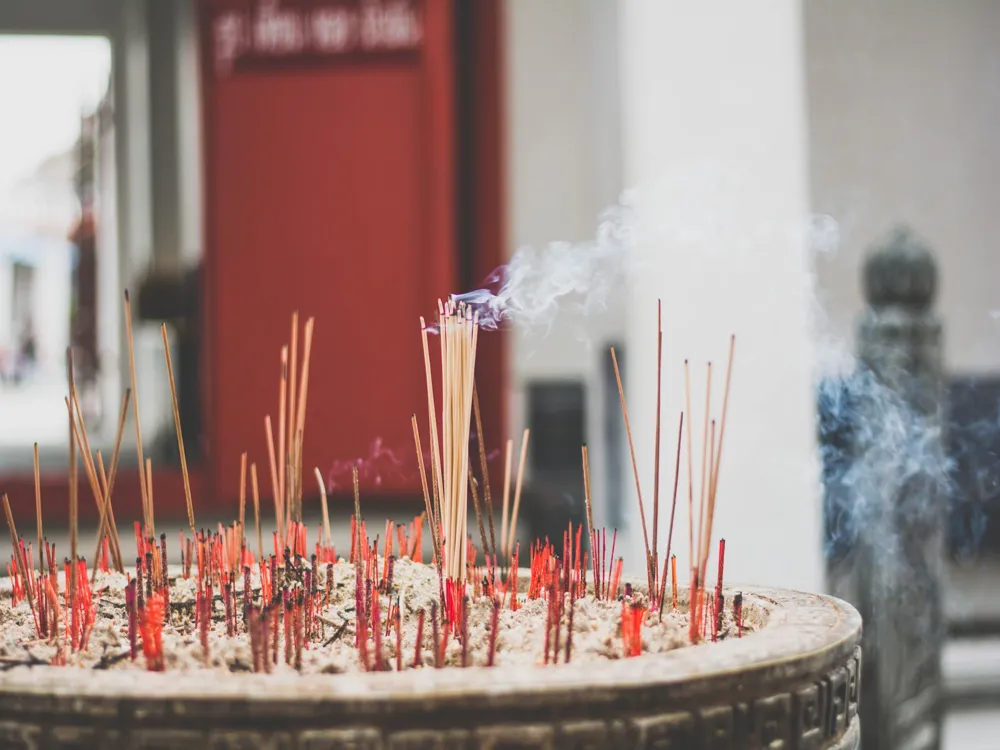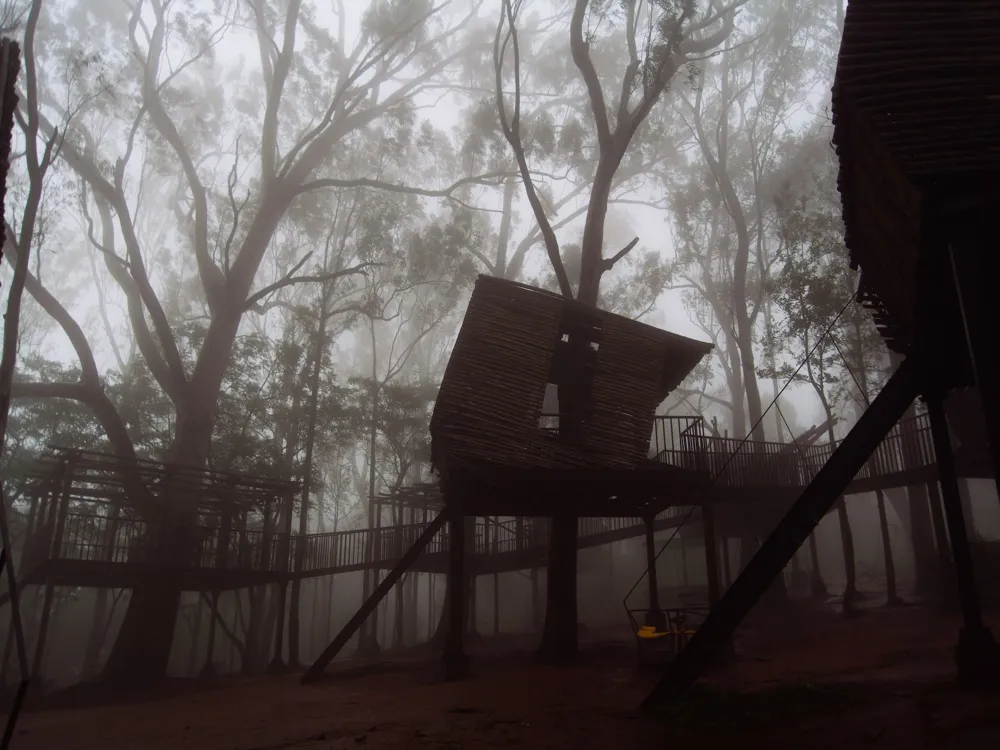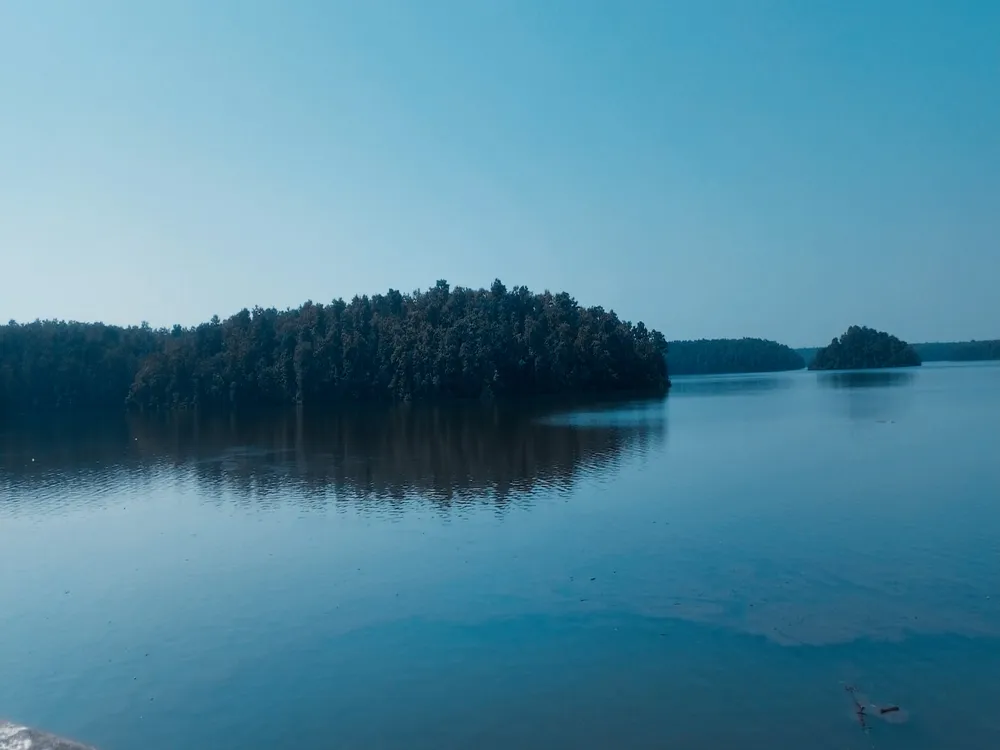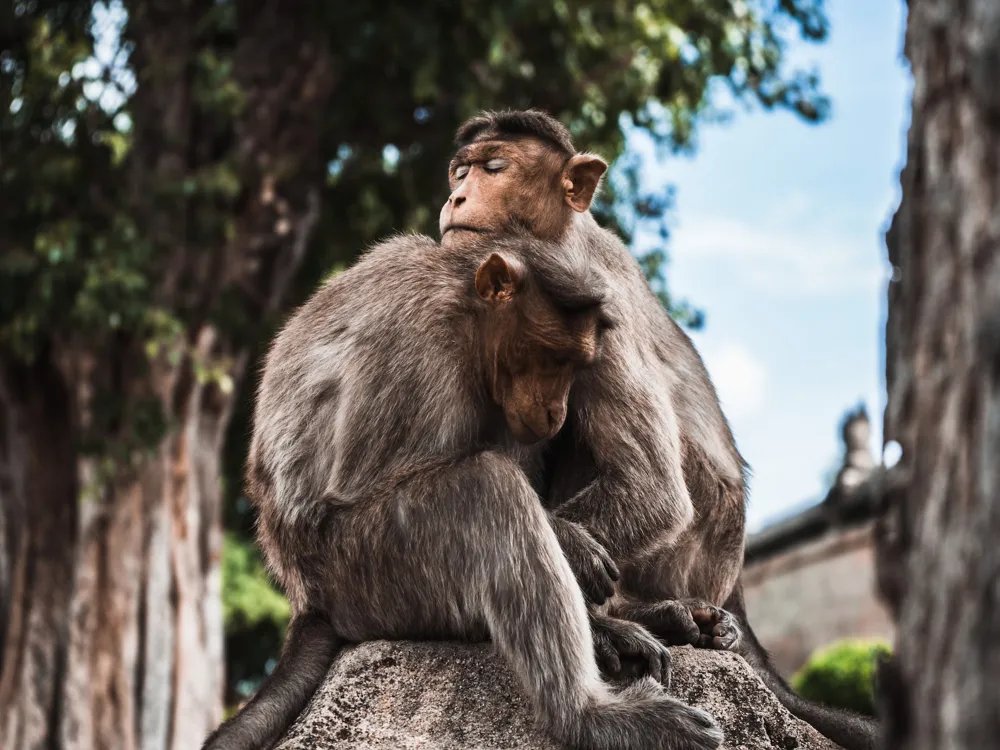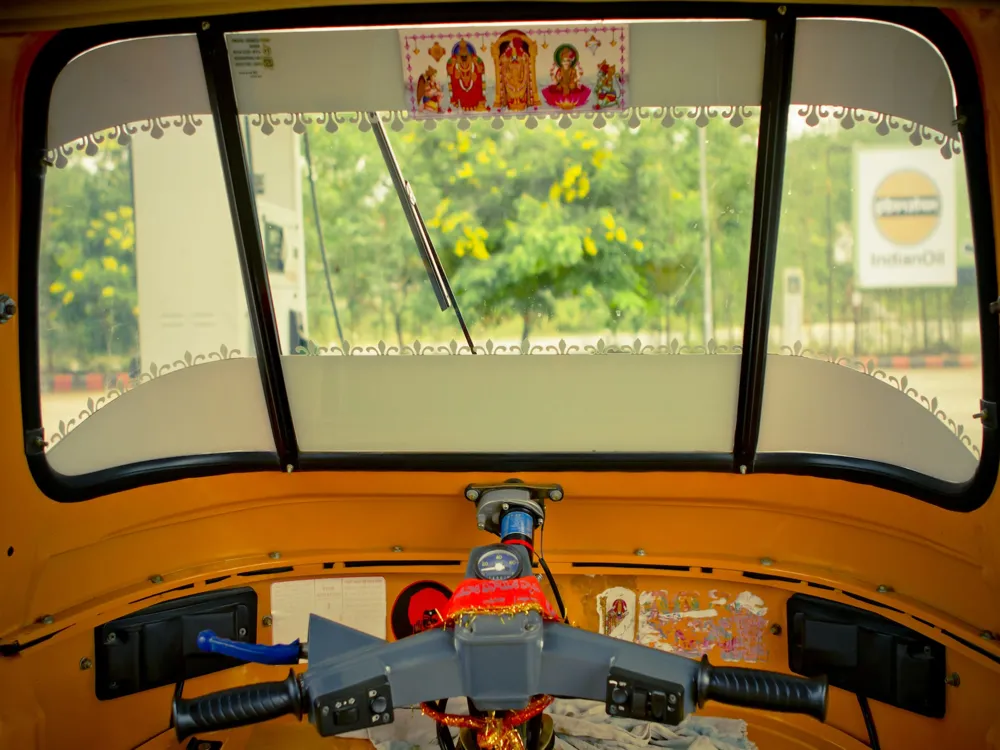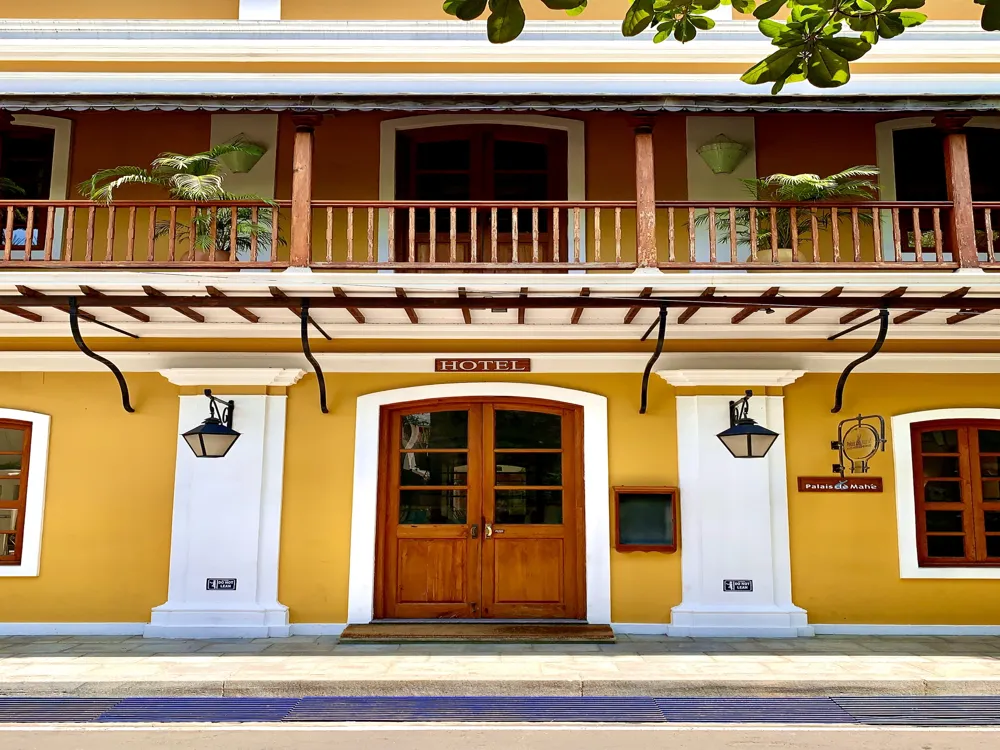Chikballapur, a charming city in Karnataka, India, is a treasure trove of culture, history, and natural beauty. Located just about 57 kilometers from Bangalore, it serves as a serene getaway from the bustling city life. This city, steeped in rich historical heritage, offers a unique blend of traditional and modern lifestyles, making it an intriguing destination for travelers. The region around Chikballapur is known for its picturesque landscapes, consisting of rolling hills, lush greenery, and scenic views that captivate visitors. The history of Chikballapur dates back to several centuries and has been influenced by various dynasties such as the Cholas, Hoysalas, and Vijayanagara empires. Each of these empires has left an indelible mark on the city's cultural and architectural landscape. The local cuisine, customs, and festivals reflect a blend of influences, presenting an eclectic mix that is both intriguing and inviting. As a growing urban center, Chikballapur is also seeing a blend of modernity with malls, educational institutions, and industries sprouting alongside the traditional markets and temples. Apart from its historical significance, Chikballapur is also known for its agricultural contributions, particularly in silk and incense production. The surrounding areas are dotted with vineyards, silk farms, and incense factories, offering a glimpse into the local industries that drive the economy. The city also serves as a base for several trekking and rock-climbing expeditions, attracting adventure enthusiasts from across the country. Geographically, Chikballapur is situated in the southern part of Karnataka, surrounded by five hills, making it a picturesque location. The climate here is generally moderate, with pleasant temperatures throughout the year. Summers are warm but not excessively hot, while winters are cool and comfortable, making it an ideal destination for travel any time of the year. The monsoon season brings in lush greenery, transforming the landscape into a vibrant canvas of nature's best. The population of Chikballapur is a diverse mix of various communities and cultures. Kannada is the primary language spoken here, along with other languages like Telugu, Tamil, and English. The people of Chikballapur are known for their warm hospitality and rich cultural heritage, making visitors feel right at home. Culturally, Chikballapur is a hub of traditional arts, crafts, and music. The city celebrates various festivals with great pomp and show, including Deepavali, Ugadi, and Dussehra, reflecting the rich cultural tapestry of the region. The local handicrafts, especially silk weaving, are renowned and form an integral part of the city's cultural identity. In terms of economy, Chikballapur is rapidly growing. The establishment of the Nandi Infrastructure Corridor Enterprises (NICE) Road and the presence of several educational institutions have contributed to its development. The city's proximity to Bangalore also makes it a favorable spot for businesses and real estate development. The architecture of Chikballapur is a fascinating blend of historical and modern styles, reflecting the region's rich past and its evolving present. The city's architectural landscape is marked by ancient temples, forts, and historical structures that date back to various periods in Indian history. One of the most notable architectural landmarks in Chikballapur is the Bhoga Nandeeshwara Temple. This ancient temple, dating back to the 9th century, is a fine example of Dravidian architecture. The temple complex is adorned with intricate carvings, majestic pillars, and beautifully crafted sculptures depicting various deities and mythological stories. Another significant architectural marvel is the Ranganatha Swamy Temple. This temple, with its towering gopuram (temple tower), showcases the typical South Indian temple architecture style. The detailed carvings, stone pillars, and the ornate sanctum sanctorum of the temple are a testament to the skilled craftsmanship of the era. The influence of various dynasties like the Cholas, Hoysalas, and Vijayanagara is evident in the architectural styles of the region. The fortifications, palaces, and public buildings constructed during these periods exhibit a mix of military, religious, and civic architecture. The Chikballapur Fort, for example, stands as a symbol of the city's historical significance and architectural prowess. Modern architecture in Chikballapur is also evolving, with new buildings reflecting contemporary design trends. These structures often incorporate traditional elements, creating a unique fusion that represents the city's transition into a modern urban center. This blend of old and new adds to the city's charm, making it an architecturally diverse and fascinating destination. The historical significance of Chikballapur's architecture is immense. Each structure tells a story of the city's past, its rulers, their lifestyle, and their cultural influences. Exploring these architectural wonders offers insights into the historical events that shaped the region and its people. Preservation and restoration efforts are underway to maintain the architectural heritage of Chikballapur. These efforts ensure that the historical buildings continue to showcase the city's glorious past to future generations. Local authorities and heritage conservation bodies are actively involved in these initiatives. For architecture enthusiasts, Chikballapur offers guided tours that delve into the history and details of its architectural marvels. These tours provide an in-depth understanding of the styles, techniques, and cultural significance of the buildings. The architecture of Chikballapur greatly influences the local culture and lifestyle. Festivals, rituals, and daily activities are often centered around these historical structures, making them an integral part of the city's cultural fabric. The best time to visit Chikballapur is between October and March when the weather is pleasant, making it ideal for sightseeing and outdoor activities. The monsoon season, from June to September, also offers a unique experience with the region's natural beauty at its peak. Chikballapur is well-connected by road, and local transportation options include buses, auto-rickshaws, and taxis. For a more authentic experience, consider hiring a bicycle or walking around the city to explore its hidden gems. There are various accommodation options in Chikballapur, ranging from budget-friendly lodges to luxury resorts. It's advisable to book in advance, especially during peak tourist seasons. Don't miss out on trying the local cuisine of Chikballapur. The city offers a variety of traditional dishes that reflect its rich culinary heritage. Popular dishes include Ragi Mudde, Bisi Bele Bath, and Akki Roti. When visiting temples and cultural sites, it's important to dress modestly and respect local customs. Remove your shoes before entering temples and always ask for permission before taking photographs of people or religious sites. Chikballapur is easily accessible from major cities in India. The nearest airport is Kempegowda International Airport in Bangalore, which is about 57 kilometers away. Regular bus services and taxis are available from Bangalore to Chikballapur. For those preferring to drive, the city is well-connected by national highways, making it a scenic and convenient road trip. Train services are also available, with Chikballapur having its own railway station. The station is well-connected to major cities in Karnataka and neighboring states, offering a comfortable journey to the city. Additionally, for a more local experience, one can opt for state-run buses, which are frequent and affordable.Overview of Chikballapur, Karnataka
Geography and Climate
Demographics and Language
Cultural Significance
Economic Growth
Architecture of Chikballapur
Historical Significance
Preservation Efforts
Architectural Tours
Influence on Local Culture
Tips When Visiting Chikballapur
Best Time to Visit
Local Transportation
Accommodation
Local Cuisine
Cultural Etiquette
How To Reach Chikballapur
Bhoga Nandishwara Temple
Chikballapur
Karnataka
NaN onwards
View chikballapur Packages
Weather :
Tags : Temple
Timings : 7:30 AM – 2:00 PM, 4:30 PM – 7:00 PM
Entry Fee : INR 5
Planning a Trip? Ask Your Question
Chikballapur Travel Packages
View All Packages For Chikballapur
Top Hotel Collections for Chikballapur

Private Pool

Luxury Hotels

5-Star Hotels

Pet Friendly
Top Hotels Near Chikballapur
Other Top Ranking Places In Chikballapur
View All Places To Visit In chikballapur
View chikballapur Packages
Weather :
Tags : Temple
Timings : 7:30 AM – 2:00 PM, 4:30 PM – 7:00 PM
Entry Fee : INR 5
Planning a Trip? Ask Your Question
Chikballapur Travel Packages
View All Packages For Chikballapur
Top Hotel Collections for Chikballapur

Private Pool

Luxury Hotels

5-Star Hotels

Pet Friendly







